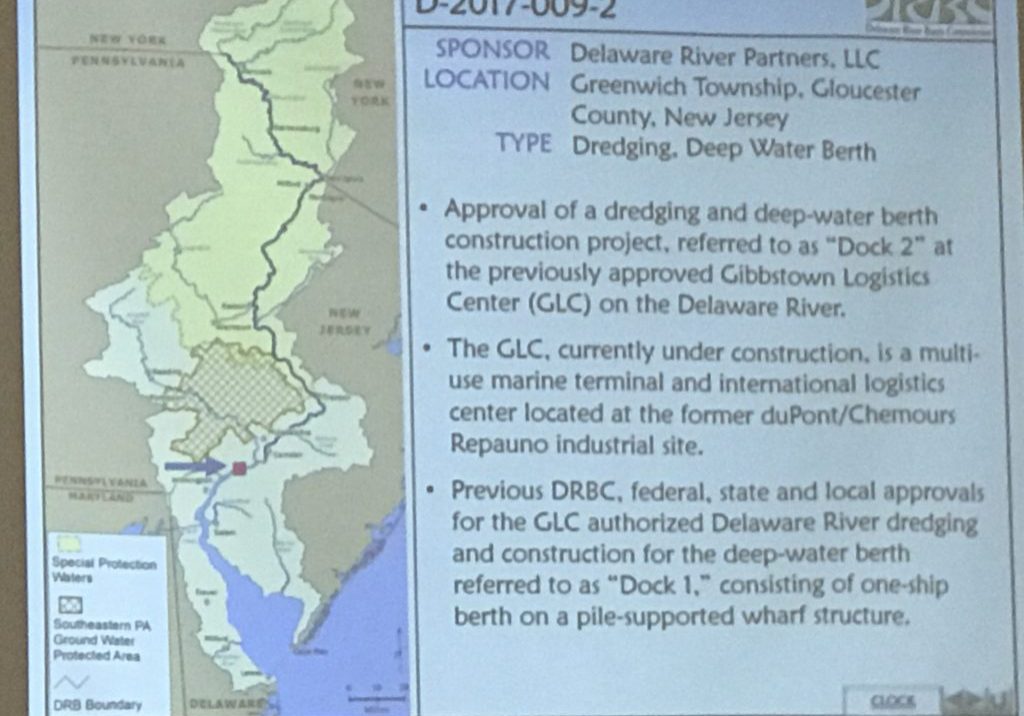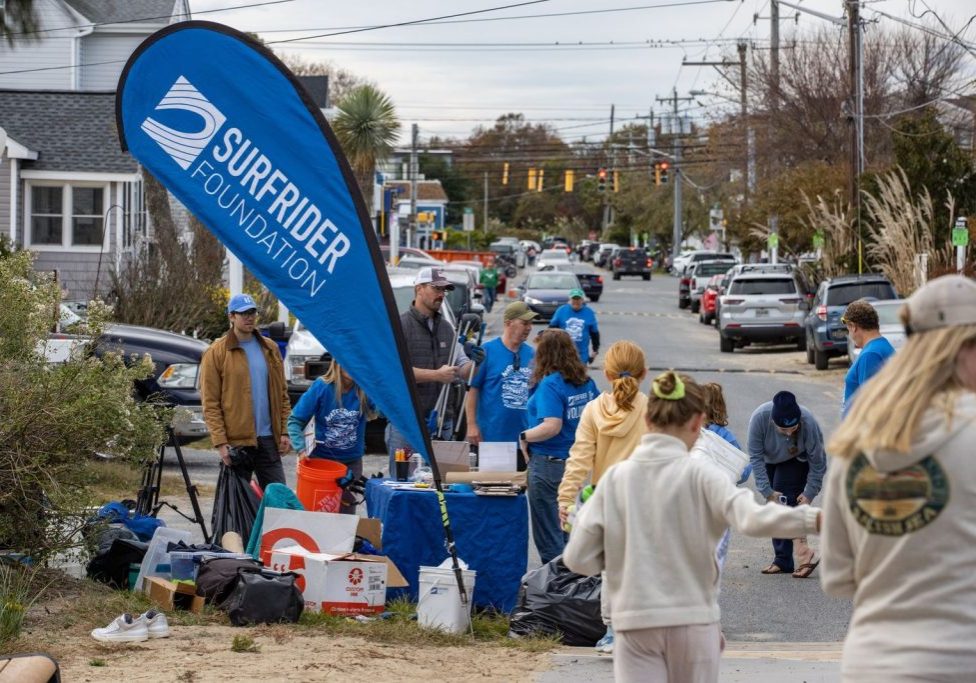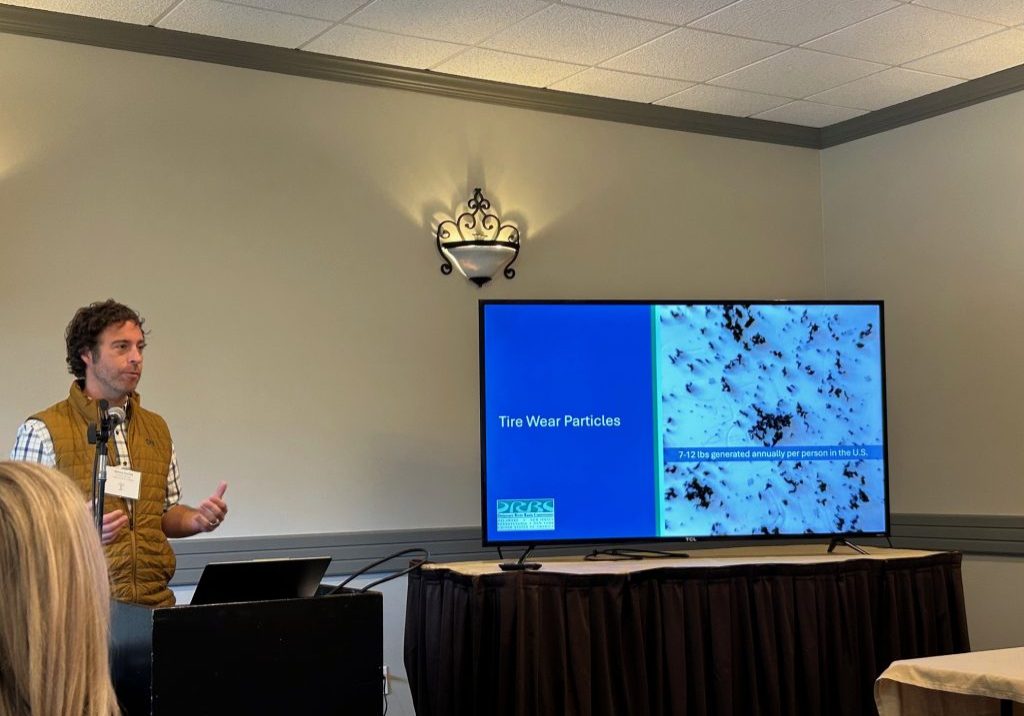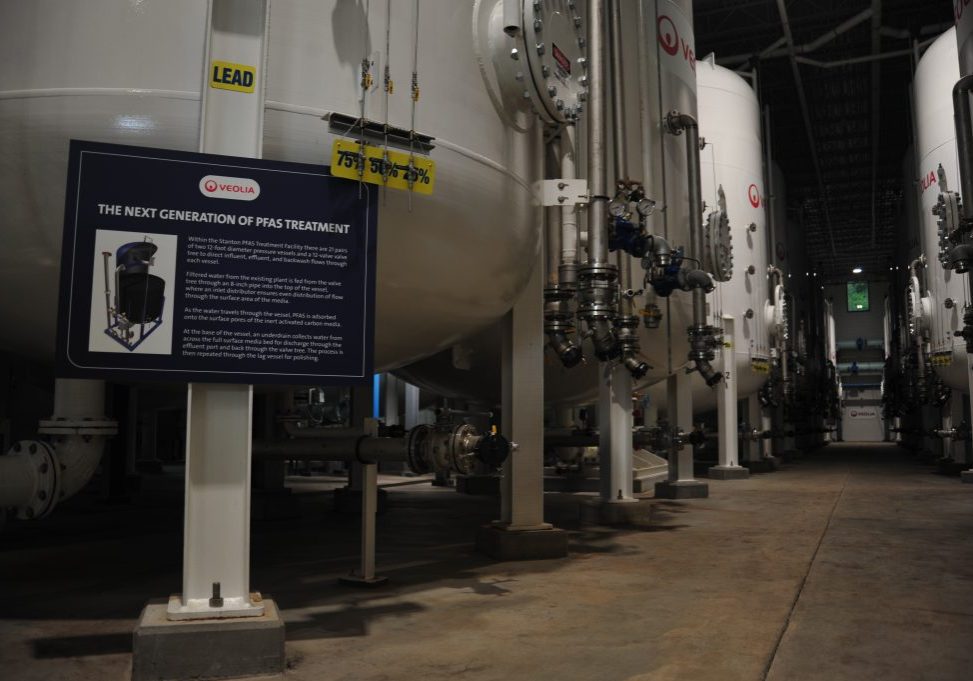
University of Delaware gets EPA grant to study effects of road salt on freshwater wetlands
| August 21, 2024
Road salt, while good when roads are icy, can be bad for water systems and the critters that inhabit them.
The U.S. Environmental Protection Agency has given $319,382 to the University of Delaware to investigate how the coupled effects of extreme climate events and road salt could undermine the ability of freshwater wetlands to filter and remove nitrogen from runoff.
A little nitrogen is great for growing crops but it is “mobile,” said Shreeram Inamdar, professor of watershed hydrology and biogeochemistry at the university’s Plant and Soil Sciences Department.

And that mobility means it doesn’t stay on the soil but rather runs off with rains into nearby steams and other water bodies — especially wetlands.
Here’s how Inamdar explains the problem:
Wetlands are considered the “kidneys” of the land because of their unique ability to filter nutrients like nitrogen from runoff. Nitrogen is a fertilizer, and while it is good for growing crops, excess nitrogen in our waterways causes water pollution. Nitrogen can stimulate algal growth that sucks out dissolved oxygen from water when it decomposes. Low oxygen affects fish and other aquatic species. Thus, wetlands provide a valuable ecosystem service by removing nitrogen.
(Readers might remember the problem of dissolved oxygen — or the lack of it — for the Atlantic sturgeon.)
This removal of nitrogen is a natural process that healthy wetlands provide “for free!” Inamdar noted.
Algae can upset the natural systems
The water running in a nearby stream is an ever-changing mix of sediment, nutrients, dissolved gases, like oxygen and nitrogen, and visible as well as invisible critters — all in a balance that yields us a healthy stream or wetland.
When we use fertilizers — usually a combination of nitrate and ammonia — the nitrate moves on with stormwater but the ammonia is “sticky,” according to Inamdar.
That “free” nitrate will also do its fertilizing magic on the plant life in a pond or wetland and stimulate the growth of algae. We tend to separate good and bad forms of algae.
Blue-green algae, for example, is toxic and dangerous on contact for animals and humans, but even the less dangerous algae end up being problematic. As it dies and sinks to the bottom of a water body, decomposing, it sucks out oxygen and upsets the natural systems that keep the waters clear.
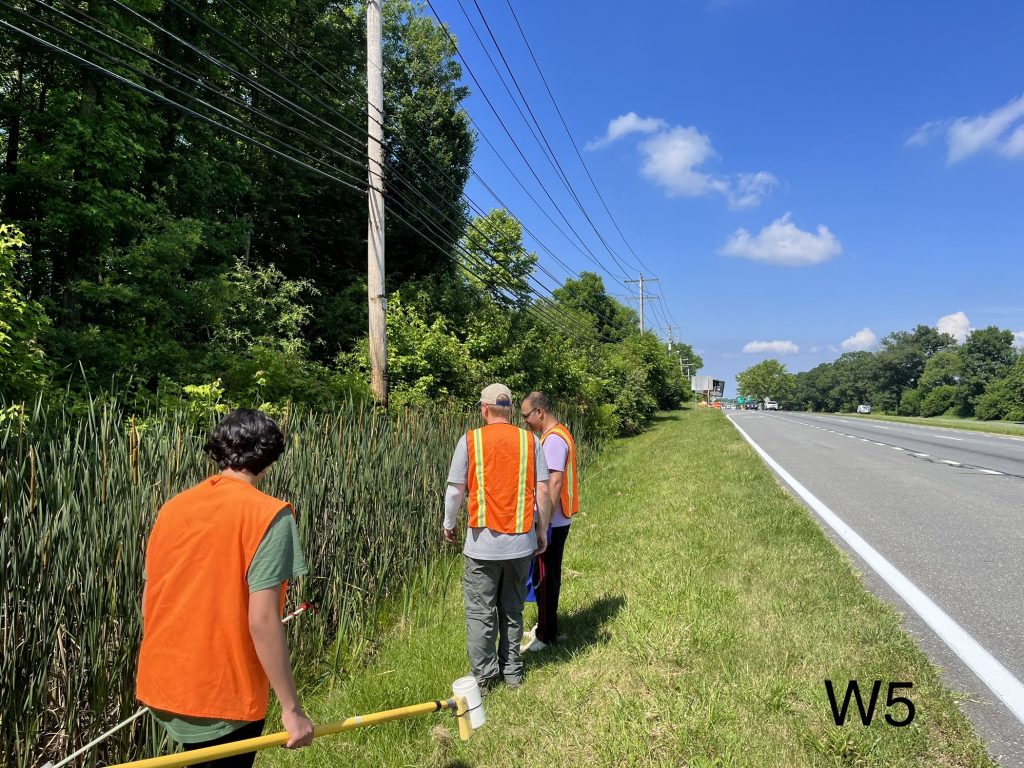
In a healthy wetland, friendly microbes perform the denitrification process, turning the nitrate [NO3-] into a gas (78 percent of the air we breathe is nitrogen gas).
Road salt — mostly rock salt [NaCl] — impairs the ability of wetlands to denitrify and increases the likelihood of algae growth and an unhealthy water system. Where water is still, that also increases the chances for algae growth.
Interestingly, our own Delaware River could be more susceptible to algae growth, but the energy of the estuary system, with water rushing in and out, with the tides, makes it more difficult for those conditions to occur.
Now, all of these processes have been fairly well understood for a while, Inamdar said, but there’s another process that’s occurs along with denitrification: DNRA (dissimilatory nitrate reduction to ammonium).
Yes, that’s quite a mouthful. Let’s break that down.
Salt inhibits processing of nitrogen
DNRA comes into play in stagnant highly anoxic water, water that doesn’t contain dissolved oxygen.
This EPA-funded project will study the effects of rock salt on both processes, both natural, but one (denitrification) is beneficial, the other (DNRA), less so.
As more salt is applied to a water system, it impairs the ability of that system to naturally process nitrogen into gas, and can fuel DNRA, which recycles nitrogen and keeps it in the system as ammonium.
Both denitrification and DNRA often happen in the same water system, but the question this project seeks to answer is how much is the balance — usually tilted in favor of denitrification — affected by rock salt?
Salt, Inamdar said, is generally not good for us, and not good for molecules or microbes.
Adding to the puzzle is the effect of climate change insofar as harder winters will likely demand more salt on roads, which means more salt flowing into streams, and eventually wetlands.
Getting the project ready
Inamdar’s project has already sampled 13 sites between New Castle and Wilmington, Del. Three are relatively pristine wetlands, meaning they are far from roadways. These will offer “constants” to pose against the more variable sites — 10 of them — near roadways.

All sites have already been sampled in July and will be sampled in February when the winter weather will likely see a rise in road-salt use.
Many of the sites being studied are in Delaware’s Justice 40 Initiative, which calls for 40 percent of the overall benefits of federal investments to flow to disadvantaged communities.
The federal funding will cover the costs of the project, but Inamdar hopes there will be future funding for additional studies. His students will be doing the sampling and learning about these processes as part of their course work, along with laboratory experiments that allow for fewer, more controlled variables.
After that, he’d like to get the results out to schools, noting that getting younger people interested in a problem like this will likely engage their parents’ interest.


